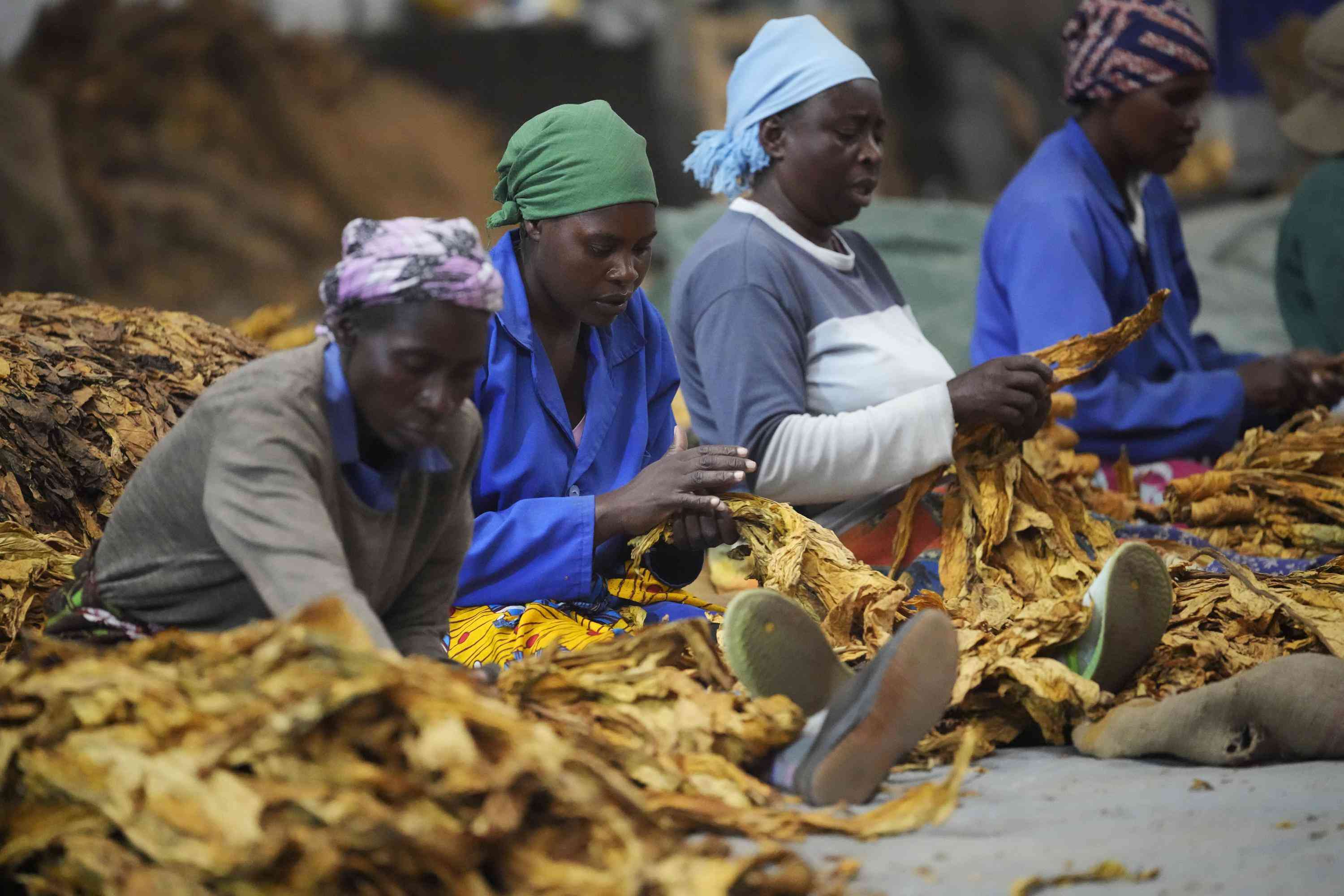
RESEARCH institution Kutsaga has urged tobacco farmers to adopt several practices such as selecting the right variety that can withstand long periods of drought in order to enhance the quality of their crop during drought seasons.
Water stress has a critical impact on plant physiology in agricultural ecosystems. When a plant's water uptake and transpiration are imbalanced, it leads to crop stress.
And the 2023/24 growing season has been characterised by prolonged and intense drought spells in tobacco-growing regions, which significantly impacted crop growth and quality of the cured leaf.
In its latest update, Kutsaga said environmental factors, including rainfall, temperature, humidity and soil nitrogen played a crucial role in tobacco growth.
“When soil moisture is limited, it becomes challenging to cure stressed leaves to achieve acceptable quality. Since the value of the cured leaf is dependent on its quality, growers must understand how to cure tobacco during a typical season like this one,” the update read in part.
Drought also reduces nitrogen uptake and growers must adopt appropriate management practices to achieve the desired cured leaf quality.
“During a prolonged period of drought, tobacco leaves tend to have certain distinct characteristics such as being thin, dark green, having closed stomata and close-grained and small unexpanded leaves,” it said.
“Sometimes, thick and narrow leaves that ripen slowly may also be produced, and the curing process has to be tailor-made for such leaves.”
- Minister bemoans shortage of schools
- BCC joins Green Cities initiative
- Drunkard kills church pastor
- DripSol’s one-stop-shop for farmers opens doors
Keep Reading
Kutsaga said it was very important to manage the temperature and humidity appropriately during the curing process to ensure good leaf quality.
It said the colour of the cured leaves also tended to be darker resulting in a lack of lustre. This happens because any increase in temperature after colouring quickly turns the leaf dark.
To assist farmers in managing tobacco produced under dry to very dry conditions, Kutsaga encouraged growers to conduct the leaf “ripening test”.
“Tobacco leaves developed under conditions of nitrogen deficiency are very high in starch. The main objective of very ripe reaping extended colouring period and slow drying is to allow the conversion of starch to sugars before killing the leaf at lamina drying,” Kutsaga said.
“Tobacco harvested during a dry season should not be subjected to rapid changes in temperature during colouring. Gradual increases in barn temperatures should be accompanied by adjustments to ventilation to ensure appropriate moisture loss from the leaf.”
Another effective way of managing drying conditions is to reduce packing rates.
“In order to enhance the quality of the tobacco crop during dry seasons, growers can adopt several appropriate practices from the point of reaping to curing,” Kutsaga said.
“For instance, they can start by selecting the right tobacco variety that can withstand long periods of drought. They can also ensure that the soil is properly prepared before planting and that the plants receive sufficient nutrients and water during the growing season.
“At the time of harvest, growers should reap fully-mature leaves that have reached their optimal size. During the curing process, it is important to keep the temperature, humidity and air circulation at the right levels to prevent the leaves from developing curing leaf disorders.”
By implementing these best practices, Kutsaga said tobacco farmers could effectively navigate the challenges posed by drought and produce high-quality cured leaves which meet market needs.






